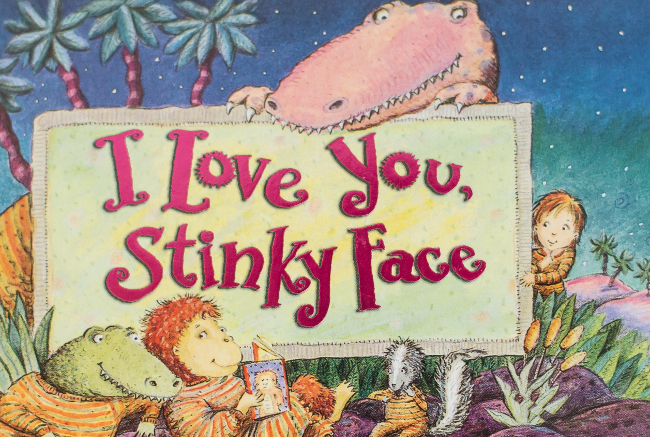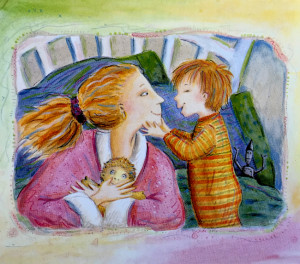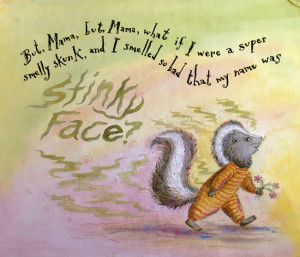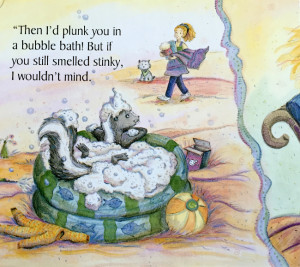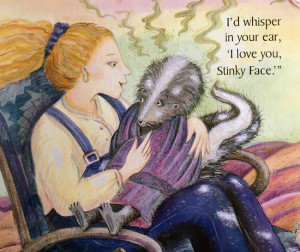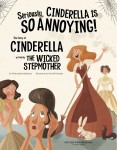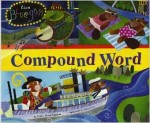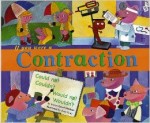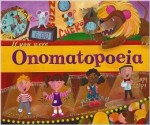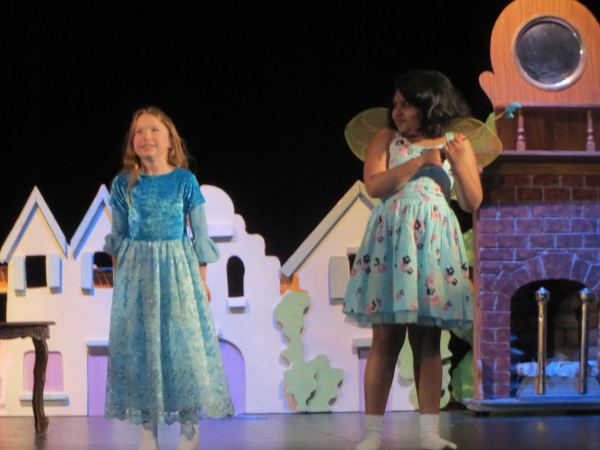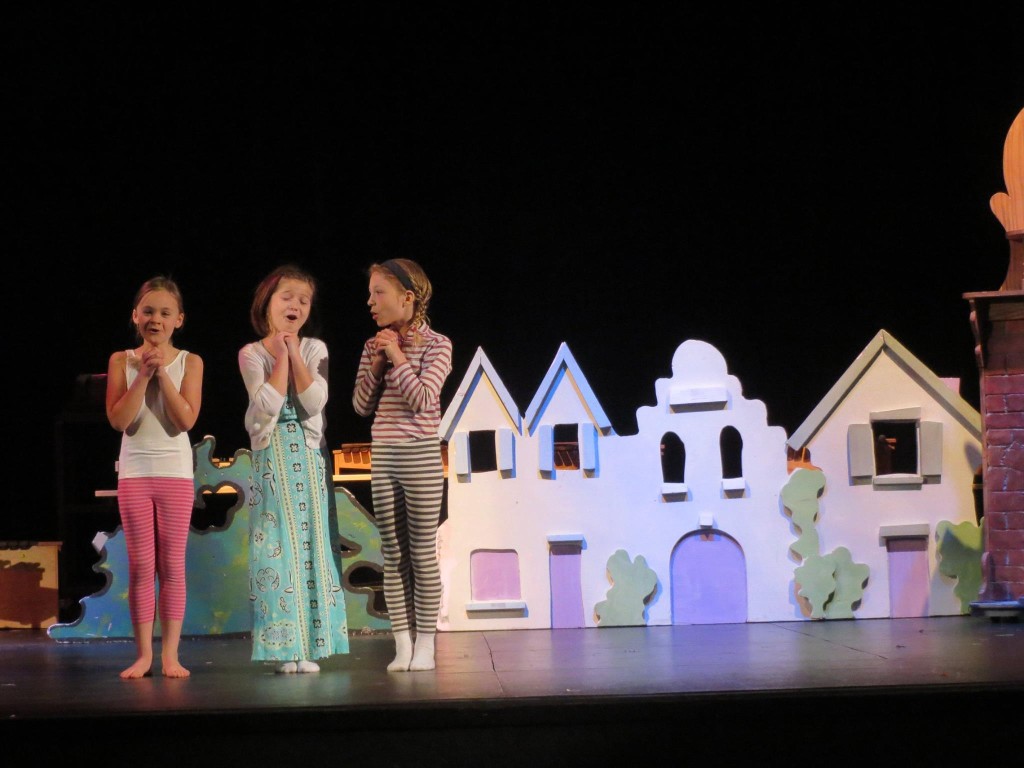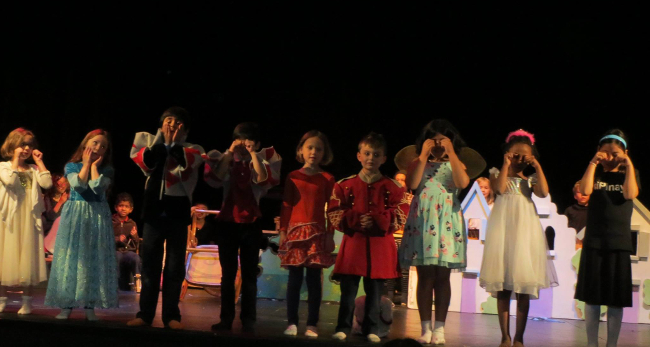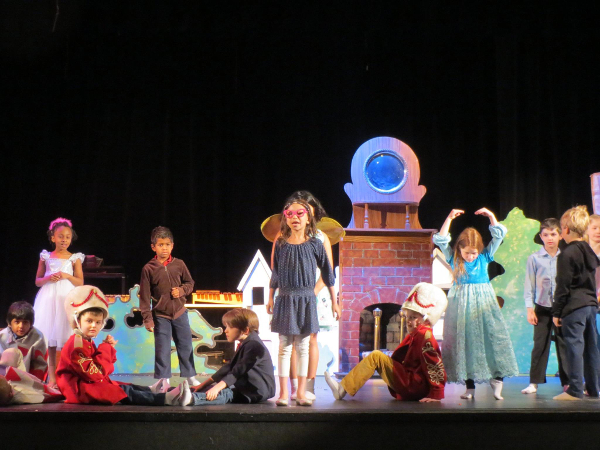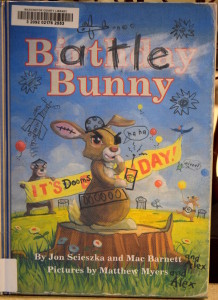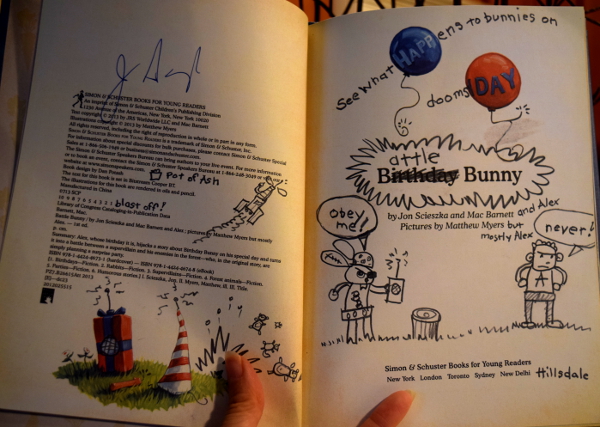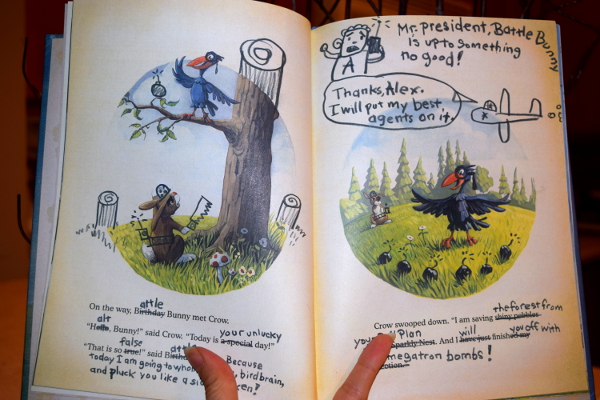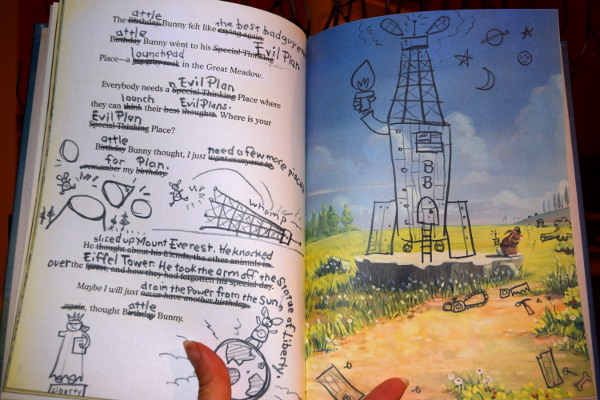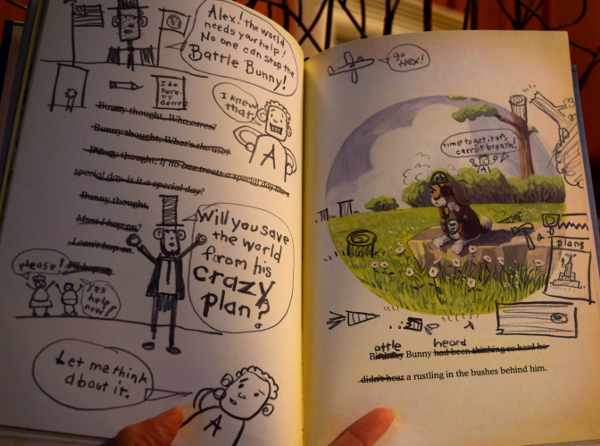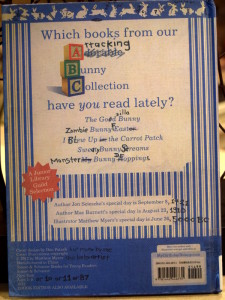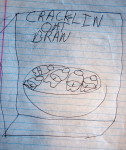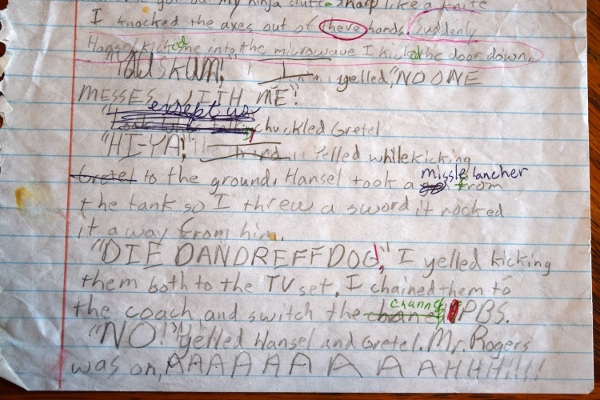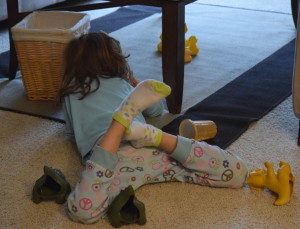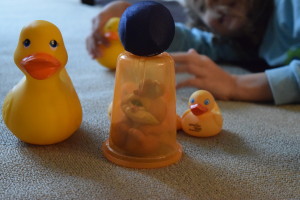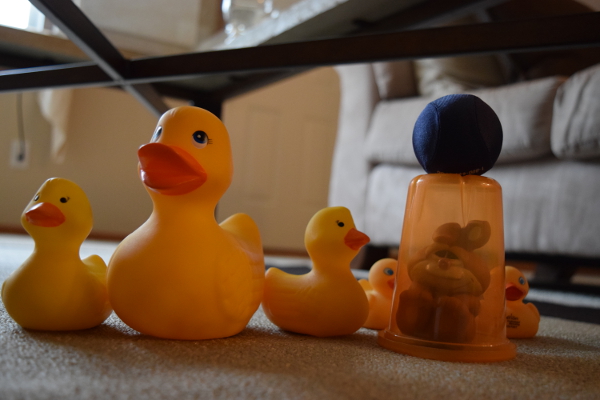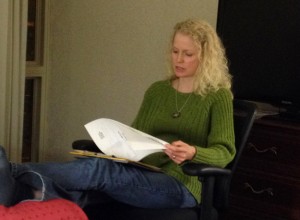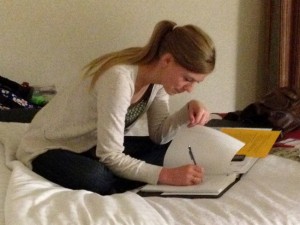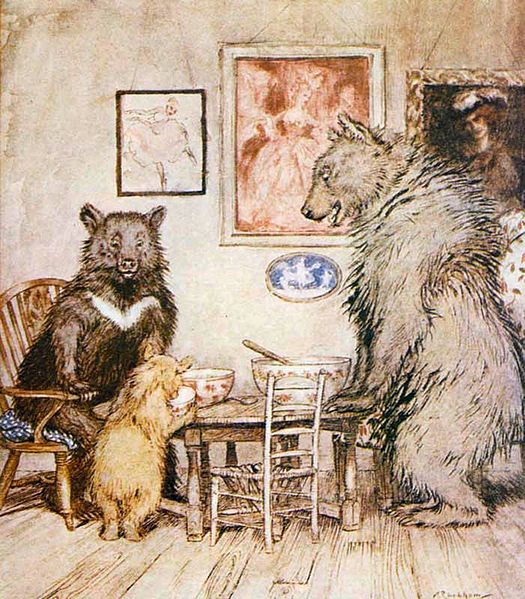May is a month for mothers.
What children’s book makes you think of your mom?
Welcome to KidLit Gems!
Join us in a coffee-style chat about favorite children’s books and the elements that make them shine.
This month’s theme: KidLit Gems for Mom
 I LOVE YOU, STINKY FACE
I LOVE YOU, STINKY FACE
Text © 1997, Lisa McCourt
Illustrations © 1997, Cyd Moore
Age Range: 3-7 years
Grade Level:
Preschool-
2nd Grade
SCHOLASTIC,
CARTWHEEL BOOKS
A division of Scholastic Inc.
1998 National Parenting Publications Awards Honor Book
“But Mama, but Mama, what if I were a Cyclops, and I had just one big, gigantic eye in the middle of my head?” ~ I Love You, Stinkyface
Here’s one of my own family’s favorites! Imagine all the sweetness of the classic picture book Mama, Do You Love Me? but with dinosaur claws, slimy seaweed, and bug sandwiches tossed in. In I Love You, StinkyFace, author Lisa McCourt creates a bedtime exchange between a mother and son with just enough silliness to keep the ‘mush factor’ in check. The mother’s funny, reassuring responses validate each reader’s uniqueness. No wonder Scholastic snapped this up!
~ Lou
___________________________________________________________________
“Then I would look right into your one eye and say, “I love you,” and I would sing to you until your one droopy eyelid finally closed and you fell fast asleep.” ~ I Love You, Stinkyface
How do you write a picture book that allows mothers to express their unconditional love for their children in a non-gooey, non-sappy, non-gushy way (even when we are gooey, sappy, and gushy)? Author Lisa McCourt knows. You insert the magic word: “stinky.” Add “dinosaurs,” “monsters,” and “aliens,” and gooey, sappy, gushy mothers can get away with saying the “l” word eleven times in a row–thirteen if you read the front and back covers. Love, love, love!
Cyd Moore’s thoughtful and playful illustrations, particularly the child’s embrace of the mother’s face and the one-eyed monster in pajamas, lift the story to a whole new level of wonderful. Children will love looking for the monkey, bunny, toucan, and tin man.
~ Anna
____________________________________________________________________
“But, Mama, but Mama, what if I were a Green Alien from Mars, and I ate bugs instead of peanut butter? ~ I Love You, Stinky Face
I can’t think of a better board book tribute for mother’s day. Lisa McCourt’s I Love You Stinky Face is the epitome of a mother’s unconditional love. “Mama” is certain she can manage any creature her child morphs into and nothing can change that, not even a: skunk, slimy swamp monster or alien. Cyd Moore chose muted tones and playful, yet ominous creatures for the illustrations that strike the perfect balance of scary, yet quiet for a bedtime story. And, like life, there are scary creatures out there that just need a little maternal love to tame them. If only all the world had “Mama’s” wisdom.
~ Kristi
These photos are from the abridged board book.
Watch for my pick next!
We want to hear from you!
What children’s book makes you think of your mom?
Extra question for moms: What children’s book makes you feel motherly?

